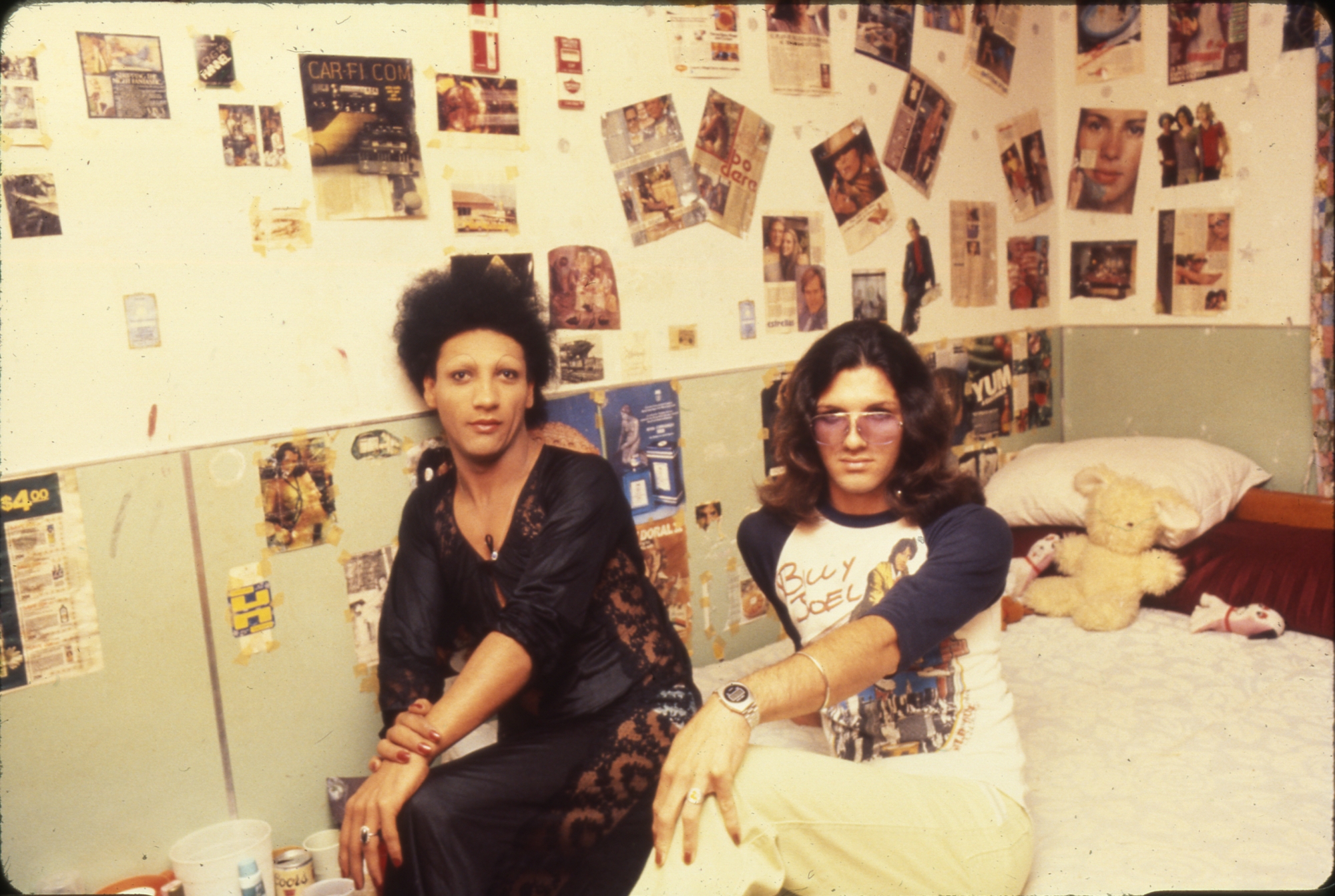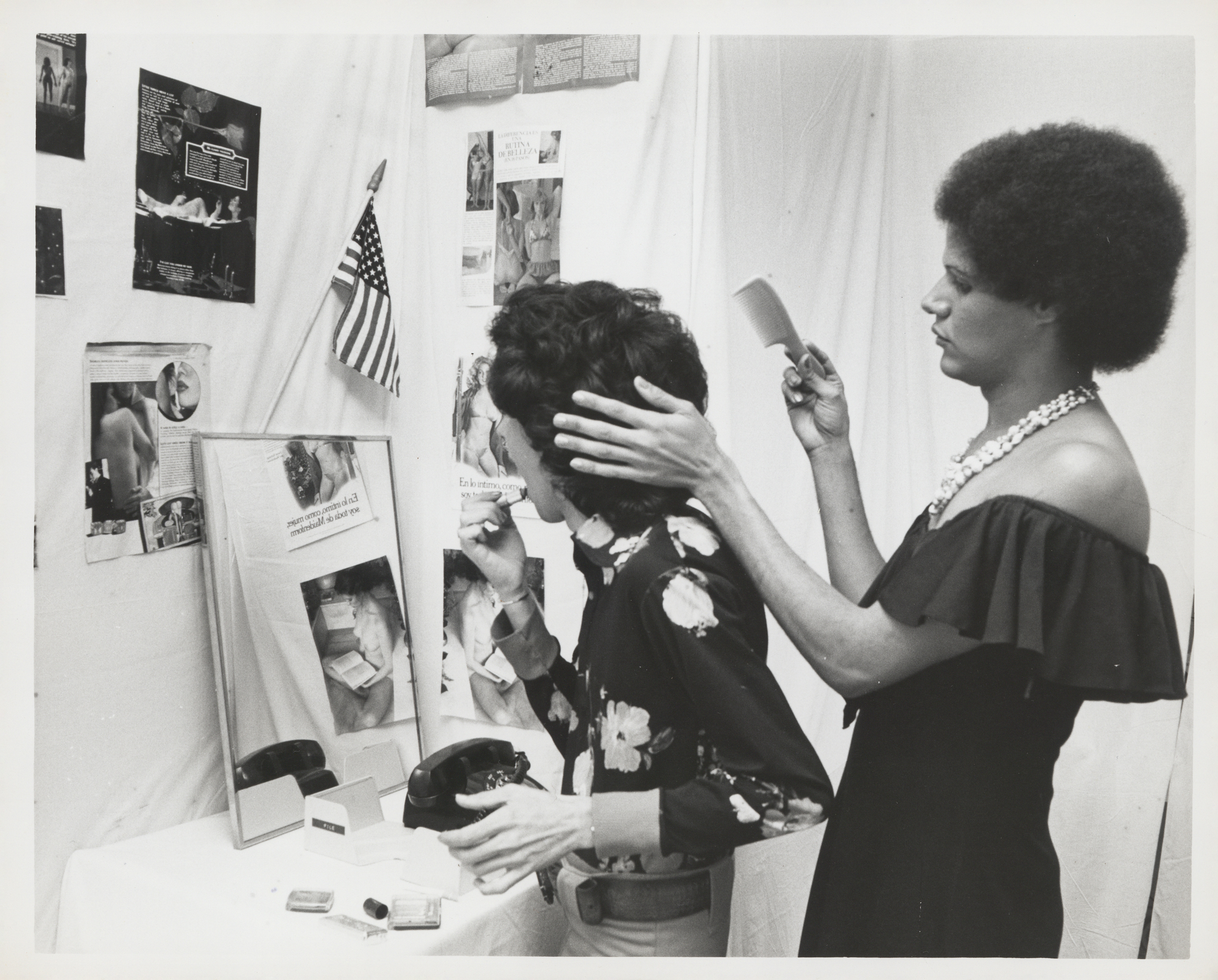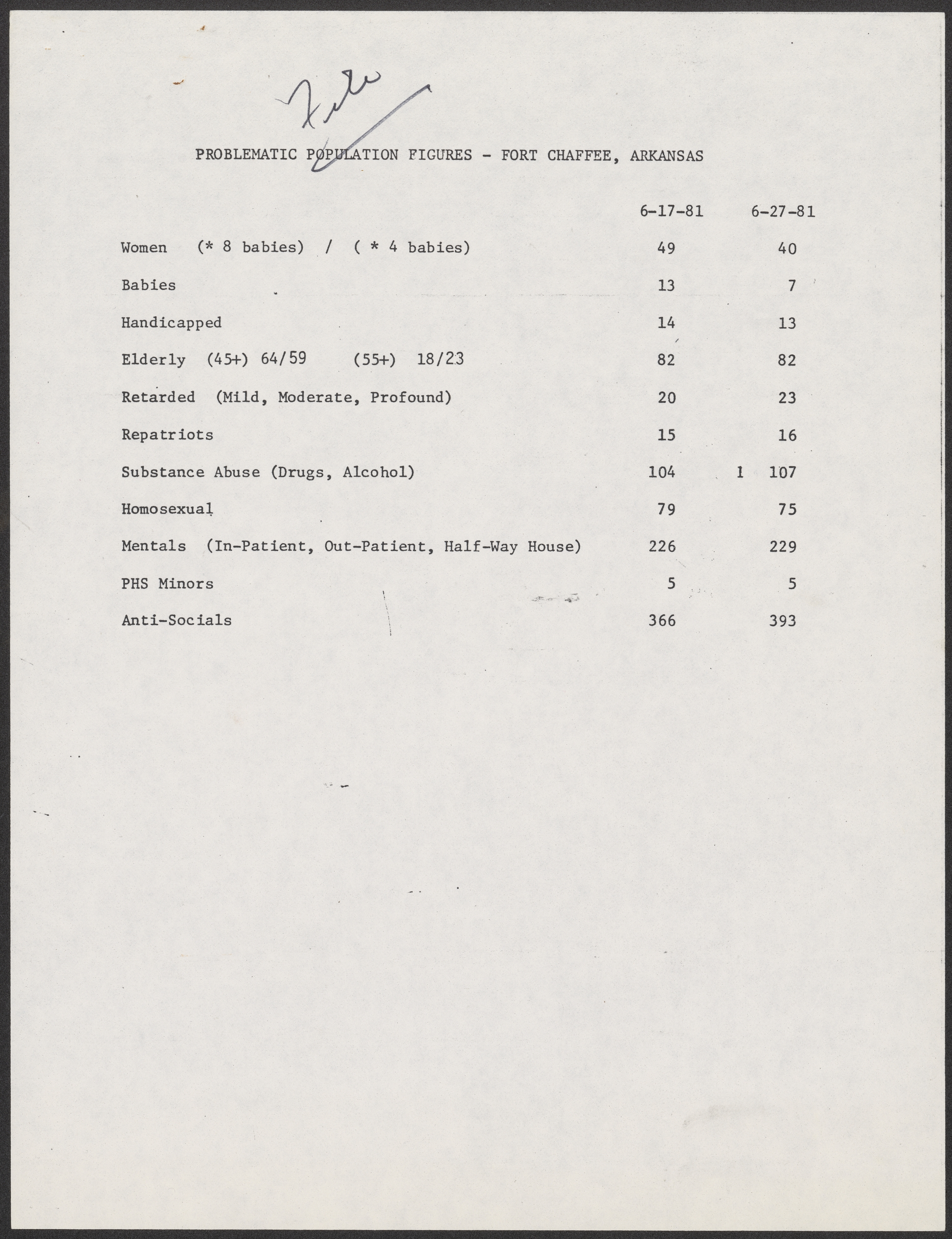Fort Chaffee Queer Culture



During the Mariel Boatlift, Fidel Castro publicly stated that he was releasing prisoners, mental hospital patients, and any others he deemed undesirable to leave the country. In Cuba, homosexuality was considered to be a crime so many Cubans seeking to leave would say that they were homosexual in an attempt to be let out of the country. There were some concerns that identifying as homosexual would have harmed a Cuban’s chances of being granted admittance into the United States, however, the records show that the United States did not deport any Cuban refugees based on homosexuality.
Since these events took place, scholars like Susana Peña have written about the differences between the United States and Cuba’s perception of the “state gaze” of homosexual Cubans and how both governments constructed a narrative of “obvious gays.” The state gaze allowed for people who are not homosexual to identify that way to get out of Cuba. Many Cubans admitted to lying to government officials and wearing clothes that would pass the state gaze in order to be allowed to leave.
In Castro’s May 1980 speech, he declared that people who left Mariel were “lumpen” and argued that the United States accepting the refugees was doing an “excellent sanitation job” for Cuba. Homosexuals were referred to as part of the lumpen group and called “flojito” which translates to “limp wrists.” Peña argued that the boatlift was “institutionally promoted homophobia” and was backed by another historian who argued that the boatlift was an attempt to “purge homosexuals from the island.”
Many of the Cubans who identified as homosexual ended up at Fort Chaffee. Within Fort Chaffee, there were two barracks that exclusively held homosexuals in a “self-segregated” environment. Part of the culture within Fort Chaffee was being recognized in the newsletter put out by refugees at Fort Chaffee. There were two sections providing health advice to male homosexuals (“Comapañero Gay”) and female homosexuals (“Amiga Homosexual”).
In July 1980, an article by the Washington post stirred panic because it reported on a leak that there were twenty thousand gay people in the refugee camps. The Miami Herald released a similar article with the striking headline “20,000 Gay Refugees Await Sponsors.” The response to this article was The Miami Herald reporting that the numbers were exaggerated and cited camp representatives to back their story.
There are conflicting reports about exactly how many Cubans in refugee camps were gay. An interview from Judy Weiss, a spokesperson from FEMA, stated that only 94 of the 10,000 were gay at Fort Chaffee. Bruce Brockway, a reporter from Fort McCoy reported there were 900 Cubans that were gay. Brockway also made a sweeping prediction that 6,800 Cubans through all of the camps were gay. Larry Mahoney from FEMA estimated around 4,000 Cubans throughout all the camps.
Attempts were made to track members of what was considered to be “problematic populations.” Some of those problematic populations included “Women, babies, the elderly, patriots, substance abuse, homosexual, mentals, PHS minors, and anti-socials.” On June 17, 1981 it was reported that 79 homosexuals were located at Fort Chaffee. Ten days later the number reported changed to 75.
To learn more about the LGBTQ+ community and the Cuban refugees check out With Open Hearts and Open Arms.